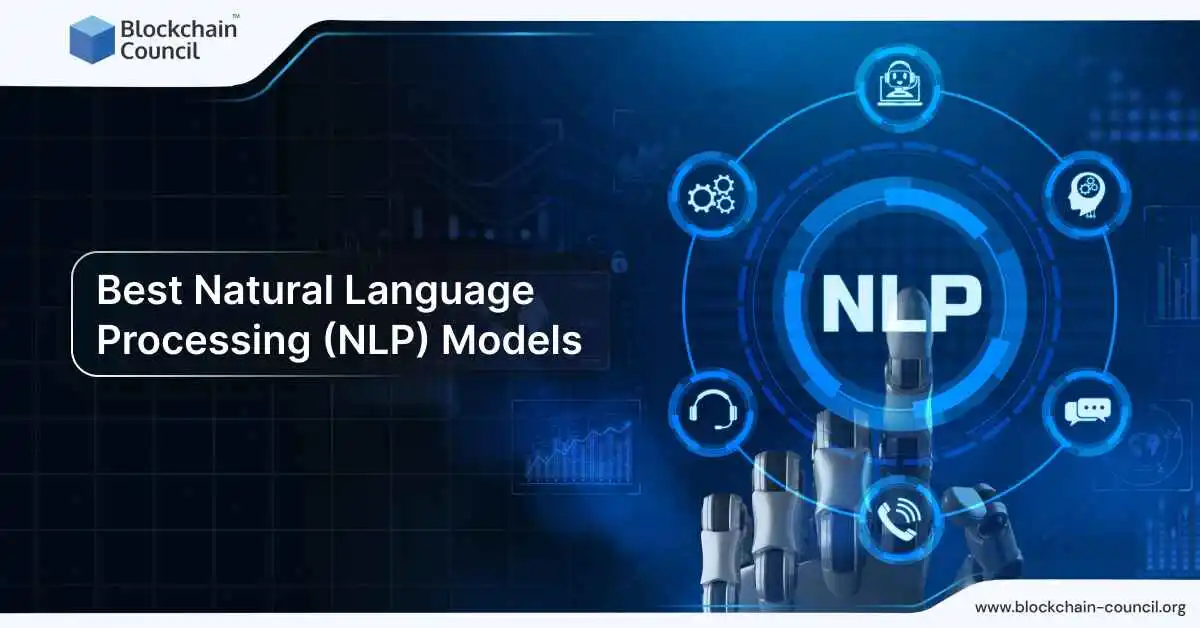
- Amber Smith
- October 17, 2024
In recent years, large language models (LLMs) like GPT-4, LLAMA, and Claude have gained prominence for their impressive ability to generate human-like text in multiple languages.
But how exactly do they achieve this?
Read till the end to find out and for some interesting examples of LLM answering questions in different languages.
How Does LLM Answer Questions in Different Language?
When an LLM receives a question, it processes the input by converting the text into tokens and then into vectors—numerical representations of the text. The model then uses these vectors to generate a response, taking into account the context provided by the question. If the question is in a language that the model has been trained on, it can generate a coherent response in that language.
Multilingual LLMs have shown remarkable capability in answering questions across languages, even without explicit translation. For example, models like GPT-4, PaLM 2, and LLaMA 3 are trained on extensive multilingual datasets, allowing them to provide accurate answers in different languages. These models can also handle idiomatic expressions, cultural references, and complex grammatical structures that are unique to each language.
The success of an LLM in answering questions in different languages depends on the amount of data it has been exposed to during training. Languages with more training data will generally see better performance, while less common languages might result in less accurate responses. However, even with minimal exposure, the shared tokenization and underlying knowledge across languages often enable LLMs to perform reasonably well in a wide range of languages.
Let’s take some examples of LLM answering questions in different language:
Example 1: Customer Support in Multilingual Settings
A typical scenario involves a global company using an LLM to handle customer inquiries in multiple languages. Suppose a customer from Japan asks about a product warranty: “この製品の保証期間はどのくらいですか?” (What is the warranty period for this product?). The LLM can accurately interpret and respond, “この製品には2年間の保証があります” (This product has a 2-year warranty), providing a seamless support experience across languages.
Example 2: Educational Applications
In educational tools, LLMs can answer questions in various languages, enabling students from different linguistic backgrounds to access the same resources. For instance, a student might ask in Spanish, “¿Cómo funciona la fotosíntesis?” (How does photosynthesis work?). The LLM could reply with a detailed explanation in Spanish, enhancing accessibility and learning outcomes.
Example 3: Legal Domain Queries
In legal contexts, where precision is crucial, LLMs can be fine-tuned to understand and respond to queries in multiple languages. For instance, a query in German like, “Was sind die Bedingungen dieses Vertrags?” (What are the terms of this contract?) would be met with an accurate and detailed response, ensuring that language barriers do not impede legal processes.
Reddit best finetuned llama 3 8b model
LLMs like GPT-4, PaLM, and others are built on a deep neural network architecture known as transformers. These models are trained on vast datasets that include text from many languages, encompassing various dialects and contexts. The multilingual capability stems from the sheer diversity and scale of these datasets. By being exposed to numerous languages during training, LLMs develop an understanding of linguistic patterns, syntax, and semantics across different languages.
Training these models involves a process called “tokenization,” where text is broken down into smaller units called tokens. These tokens can represent words, subwords, or even individual characters, depending on the language and the specific model’s design. Since many languages share common roots or similar structures, the model learns to generalize and apply knowledge from one language to another. For example, similarities between Spanish and Italian can help the model answer questions in either language once it has been trained on sufficient examples.
Challenges and Limitations
Despite their impressive capabilities, LLMs are not without limitations when it comes to multilingual question answering:
- Biases in Training Data: The quality of the training data significantly influences the model’s performance. If certain languages are underrepresented in the dataset, the model may struggle with those languages. This can result in less accurate or less fluent responses.
- Difficulty with Low-Resource Languages: Languages with fewer available data, known as low-resource languages, pose a particular challenge. LLMs may not perform as well in these languages due to the lack of sufficient examples during training. Researchers are actively exploring ways to improve LLM performance in these languages, such as by incorporating more diverse datasets or using techniques like transfer learning.
- Complexity of Translation and Context: While LLMs can handle straightforward translations or responses, they may falter when dealing with nuanced questions that require deep cultural or contextual understanding. For example, idiomatic expressions or culturally specific references can be challenging for LLMs to interpret correctly across languages.
The Role of Fine-Tuning
To improve the performance of LLMs in specific languages or for particular tasks, developers often fine-tune the models. Fine-tuning involves training the model further on a narrower dataset that focuses on a particular language or domain. This process enhances the model’s ability to understand and generate text in the targeted language, leading to more accurate and contextually appropriate responses.
For instance, fine-tuning a model on a dataset of legal documents in French would make the LLM more proficient in handling legal queries in French. Similarly, fine-tuning on a medical dataset in Spanish would improve the model’s ability to answer medical questions in Spanish.
Conclusion
The future of multilingual LLMs looks promising, with ongoing research focused on improving their accuracy, reducing biases, and expanding their capabilities to more languages. Innovations such as small language models (SLMs) are being explored as a way to make these technologies more efficient and accessible.
SLMs offer a more targeted approach, training on specific languages or tasks, which could help address some of the limitations of current LLMs. As these models continue to evolve, we can expect further improvements in their ability to handle multiple languages more effectively.
To make the most of these models, consider learning about AI with expert-recommended AI certifications and learn how to craft the perfect prompts to get the best results from LLMs by enrolling on the Certified Prompt Engineer™ program.





































































 Guides
Guides News
News Blockchain
Blockchain Cryptocurrency
& Digital Assets
Cryptocurrency
& Digital Assets Web3
Web3 Metaverse & NFTs
Metaverse & NFTs
